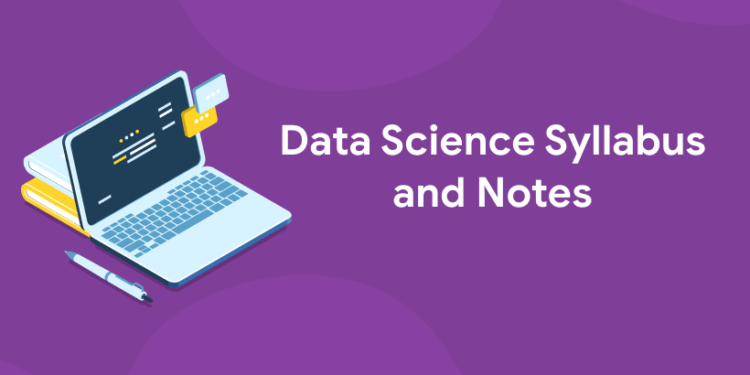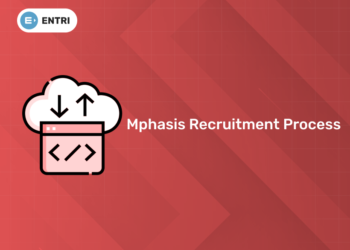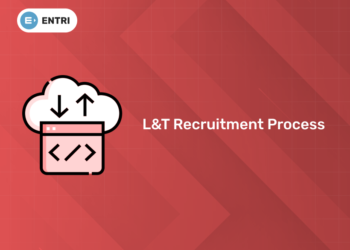Table of Contents
Data Science (also known as Data Mining) can be a bit overwhelming to most people, but it doesn’t have to be that way. The best data scientists out there know just how important it is to understand the basics of the different aspects of data science and how they all tie together in order to succeed at becoming masterful in the world of data science. This Data Science Syllabus will help you learn about each part of data science so that you can master the art of data!
lean data science & ml ! join now !
Introduction to Data Science
This lecture will cover introductory data science techniques, basic probability theory, sampling techniques, and descriptive statistics. The course will include in-class exercises. Lab Sections: None. You are welcome to ask any questions or help each other if you need it. Discussion sections will follow immediately after class with your instructor: The first couple of lectures may get a little theoretical — though we’ll do our best to ground them as much as possible in examples that are easy for you to relate back to your work.
Exploratory data analysis
1: Which of the following algorithms is most suitable for classification tasks?
Here we look at ways to extract useful information from data sets using exploratory data analysis (EDA) methods such as counting, visualization, descriptive statistics, principal components analysis (PCA), clustering, correlation matrices, and factor analysis. You will also learn about EDA applications including text mining, fraud detection, social network analysis, speech recognition, and biological pathway extraction. Here you will also learn different machine learning algorithms such as decision trees (classification), Naïve Bayes classifiers, support vector machines(SVM) (regression/classification), neural networks(NN), logistic regression(LR). We’ll get our hands dirty by working with real-world datasets: MNIST handwritten digits dataset. Twitter’s geolocation dataset.
To know more about machine learning in the Entri app
 Start Coding Today! Enroll Now with Easy EMI Options.
Start Coding Today! Enroll Now with Easy EMI Options. 

Equip yourself with in-demand skills to land top-tier roles in the data-driven world.
Start Learning Now with EMI OptionsProbability & Statistics for Data Analysis
Where do you go from here? While much of data science is driven by statistical methods, statistics itself has a foundation in probability theory. That’s what we’re going to talk about today. We’ll start with some basic laws of probability, move on to the Bayes rule, then jump into conditional probabilities, expectation, and variance (the three most important concepts for data analysis). Finally, we’ll discuss sampling and how randomness factors into probability calculations. By tomorrow, you should be able to calculate sample means and variances as well as understand why machine learning models like Naive Bayes are so simple but effective.
Descriptive Statistics & Inferential Statistics
Descriptive statistics is a branch of applied statistics that summarises qualitative or quantitative data. Descriptive statistics are usually presented in tables, such as a histogram or pie chart. Inferential statistics is a branch of applied statistics that draws conclusions from data using various methods. It usually involves comparing samples to population parameters (average values) using probability theory, calculating odds ratios, and determining other measures using confidence intervals or p-values. Inferential statistical tests include (but are not limited to) Chi-square test, T-test, F-test, etc.
Enroll in our latest coding course and get free placement assistance
Regression Analysis
In today’s class, we will focus on regression analysis. Here, we will take a look at some real-world applications for regression and look at why it is so commonly used. We will discuss how different types of regression apply to different data sets, as well as talk about which situations each type of regression should be applied in. To wrap up our class, we will run through a case study application in R where we use multiple forms of regression analysis on a data set that you provided us with during our last assignment.
Are you aspiring for a booming career in IT? If YES, then dive in |
||
Full Stack Developer Course |
Python Programming Course |
Data Science and Machine Learning Course |
 Start Coding Today! Enroll Now with Easy EMI Options.
Start Coding Today! Enroll Now with Easy EMI Options. 

Equip yourself with in-demand skills to land top-tier roles in the data-driven world.
Start Learning Now with EMI OptionsBootstrap Methods & Cross-Validation
Bootstrap methods allow us to train a model on our training data, use that model’s predictions on new data, and measure how often we are correct. We then repeat these steps by bootstrapping our observations across several models with different structures. This allows us to estimate if a structure will overfit (with multiple models predicting poorly on new data) or underfit (with no model able to predict well on new data). In addition, cross-validation is another form of finding an optimal structure for your model where you split your observations into different sets. You train your model with each set alone and then average its performance as a way of evaluating its predictive power.
Linear Models
Don’t view data science as an event you pass. Rather, it is a continuous experience that will take time for you to master. It doesn’t just happen once; it happens every single day. A good data scientist will learn from their mistakes, fail fast, fail often, get back up and start again, then repeat until they are masters at their craft. In other words, don’t be afraid to make mistakes but don’t let your fear of failure stop you from taking risks either. While your professor may have taught you how to use R or Python, now is when you really need to see what works and what doesn’t so you can figure out how best to apply those skills in real-world situations. If your professor has provided slides or notes on linear models, I would recommend reviewing them in order to solidify your understanding before proceeding with my notes below: Linear Models (Notes) Linear Models (Slides)
Conclusion
It is hard to be confident about your data science skills if you don’t have a strong grasp of some fundamental concepts. You might already be familiar with terms like Big Data, NoSQL, Hadoop, cloud computing, machine learning, or HTML5. Even if you are, though, there is still more information out there that could strengthen your ability in one or more areas of data science. After carefully researching these topics and reading through everything we’ve shared here, we feel that you will be better equipped for what lies ahead! Whether it’s learning how to visualize data with D3js or diving into Python vs R programming languages, it’s all going to help bolster your knowledge in one way or another – especially when it comes time for interviews! If you are interested to learn new coding skills, the Entri app will help you to acquire them very easily. Entri app is following a structural study plan so that the students can learn very easily. If you don’t have a coding background, it won’t be any problem. You can download the Entri app from the google play store and enroll in your favorite course.










